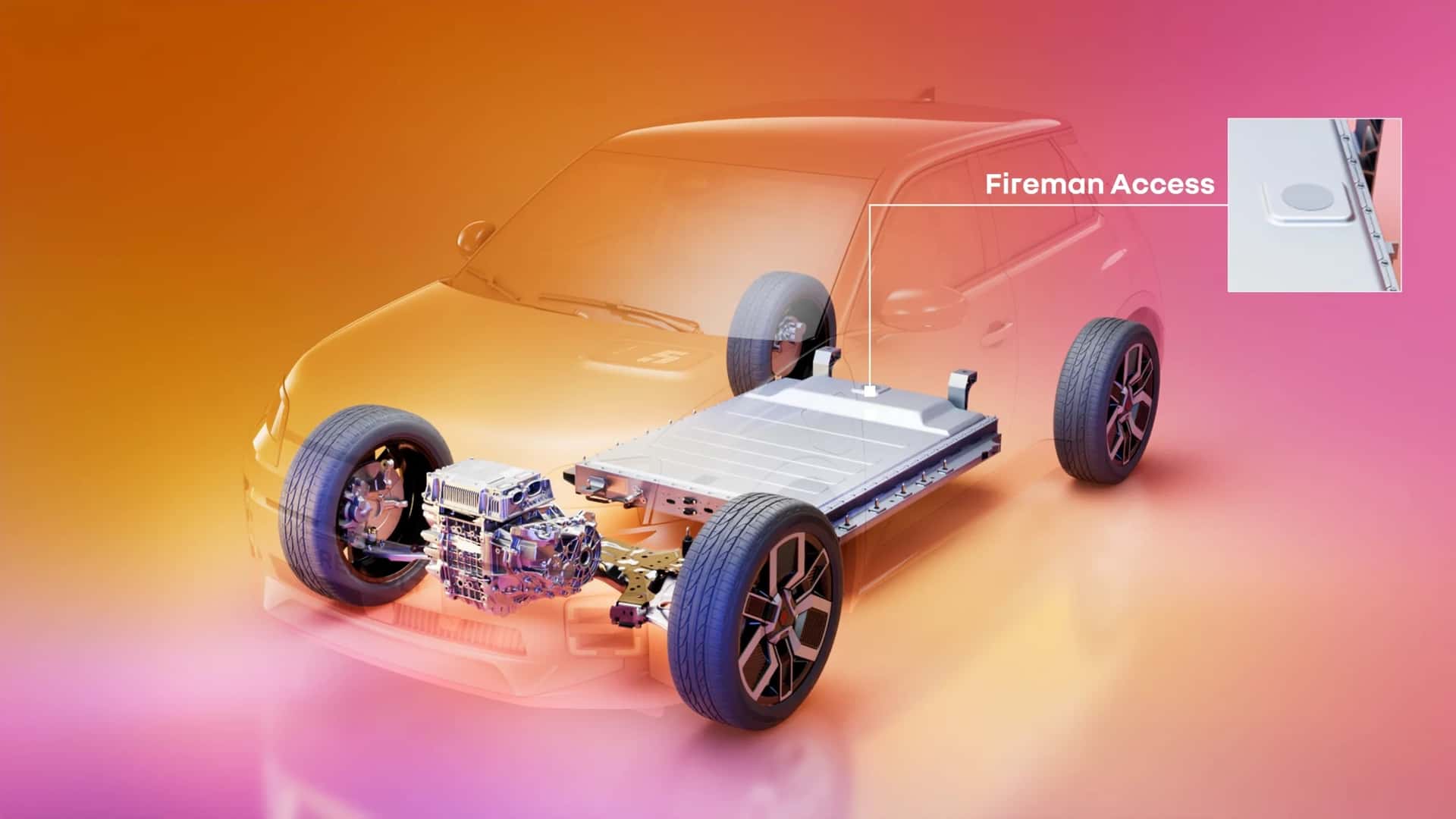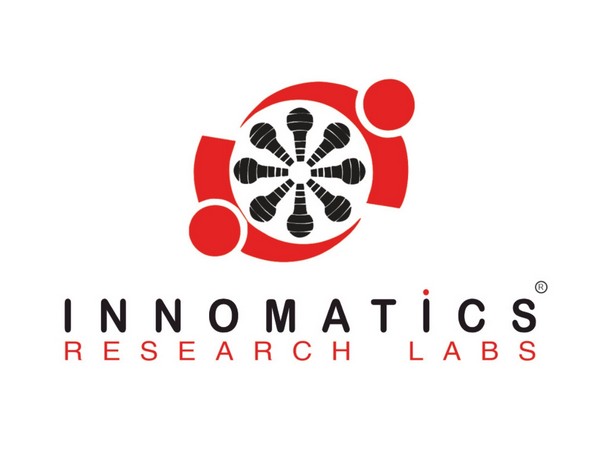
Washington D.C., [USA], March 16 (ANI): Scientists have developed a technique to transform a skin cell directly into a neuron without needing to create induced pluripotent stem cells first. These newly created neurons might potentially be utilized for treating spinal cord injuries or conditions like Amyotrophic Lateral Sclerosis (ALS).
Transforming a single kind of cell into another — such as changing a skin cell into a neuron — involves converting the skin cell first into a "pluripotent" stem cell with the potential to become many different types of cells, before guiding it specifically toward neuronal development.
Scientists from the Massachusetts Institute of Technology (MIT) have developed a streamlined method that skips the stem cell phase, transforming a skin cell directly into a nerve cell.
Using mouse cells, the scientists created an extremely effective conversion technique capable of generating over ten neurons from a single skin cell. Should this process prove feasible in human cells, it has the potential to yield substantial numbers of motor neurons. These could possibly be employed for therapeutic purposes in individuals suffering from spinal cord injuries or conditions that affect movement.
Katie Galloway, who holds the position of WM Keck Career Development Professor in both Biomedical Engineering and Chemical Engineering, stated, "We reached a point where we could inquire into whether these cells have potential as viable options for cell replacement therapies. We aspire for them to fulfill this role. This is precisely what such reprogramming techniques aim to achieve."
To begin the process of turning these cells into a therapeutic option, the scientists demonstrated that they can create motor neurons and implant them into the mouse brain, where they successfully merged with the surrounding tissue.
Galloway is the senior author of two papers detailing the new technique, published today in Cell Systems. The primary author of these papers is Nathan Wang, an MIT graduate student.
The MIT group aims to boost the efficiency of converting human cells, potentially enabling the production of substantial amounts of neurons. These neurons might then be utilized to address spinal cord injuries or conditions like ALS that impact motor function.
Clinical trials utilizing neurons obtained from induced pluripotent stem cells (iPSCs) to address ALS are currently in progress; however, increasing the quantity of these cells could simplify testing and aid in their broader application in human therapies, according to Galloway.
The study received funding from the National Institute of General Medical Sciences and the National Science Foundation Graduate Research Fellowship Program. (ANI)







0 Komentar